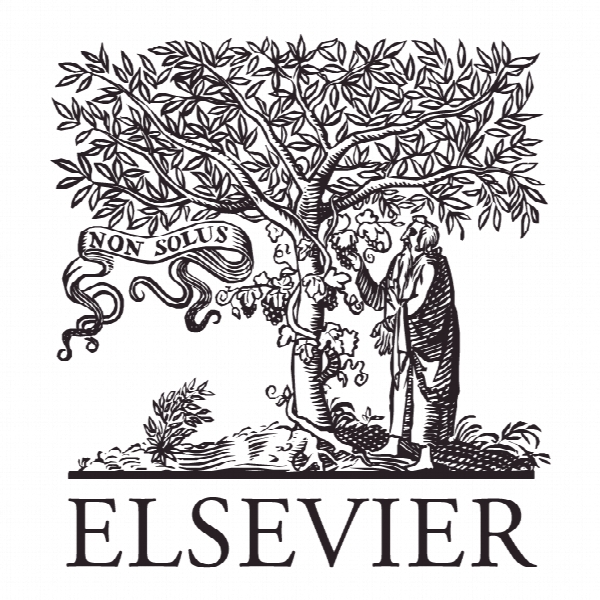طراحی بهینه میراگرهای ویسکوز غیرخطی برای ساختارهای قاب Optimal design of nonlinear viscous dampers for frame structures
- نوع فایل : کتاب
- زبان : انگلیسی
- ناشر : Elsevier
- چاپ و سال / کشور: 2018
توضیحات
رشته های مرتبط مهندسی عمران
گرایش های مرتبط سازه، مدیریت ساخت
مجله دینامیک خاک و مهندسی زلزله – Soil Dynamics and Earthquake Engineering
دانشگاه Department of Engineering and Architecture – University of Trieste – Italy
شناسه دیجیتال – doi http://dx.doi.org/10.1016/j.soildyn.2017.06.006
منتشر شده در نشریه الزویر
کلمات کلیدی انگلیسی Genetic algorithms, Inter-storey drifts, Performance-based design, Optimisation
گرایش های مرتبط سازه، مدیریت ساخت
مجله دینامیک خاک و مهندسی زلزله – Soil Dynamics and Earthquake Engineering
دانشگاه Department of Engineering and Architecture – University of Trieste – Italy
شناسه دیجیتال – doi http://dx.doi.org/10.1016/j.soildyn.2017.06.006
منتشر شده در نشریه الزویر
کلمات کلیدی انگلیسی Genetic algorithms, Inter-storey drifts, Performance-based design, Optimisation
Description
1. Introduction Purely viscous dampers are devices that can be used in bracing systems to dissipate large part of input seismic energy [1,2]. They consist of a cylinder, filled with a silicone fluid inside which a piston slides, allowing the device to produce a force F c sign u u =⋅ ⋅ ( ̇) ̇ α, where c is the damping constant characteristic of the device, u̇ is the velocity between the two device ends and α is an exponent typical of the device type. Optimisation of linear viscous damper systems (i.e. α = 1) has been widely studied in the literature (see for instance [3–5]). In comparison, nonlinear devices have been investigated in less works, due to inherent difficulties in the analytical formulation. In [6], a simplified procedure for damper design aimed at a given target in terms of displacement reduction factor was developed. Reference [7] proposes a practical method for optimum design of non-linear oil dampers with relief mechanism. A comprehensive probabilistic design methodology considering life-cycle cost criteria together with uncertainty in structural response and earthquake loading is proposed in [8]. Most of these methods rely on simplified assumptions that may limit their use, i.e. very specific objectives, reduction of the structure to simpler SDOF systems, linearization of damper behaviour, limitation of design variables. However, any designer knows that objectives and constraints are often given by the specific problem at hand, and thus a flexible procedure which can be adapted to the case under study may be more desirable than more efficient yet problem-dependent methodologies. In this work, an optimisation-based approach to the design of nonlinear viscous dampers for seismic retrofitting of frame structures is investigated. Different objectives and constraints are proposed to show the flexibility of the methodology, and comparisons with state-of-theart methods of the literature are provided.


